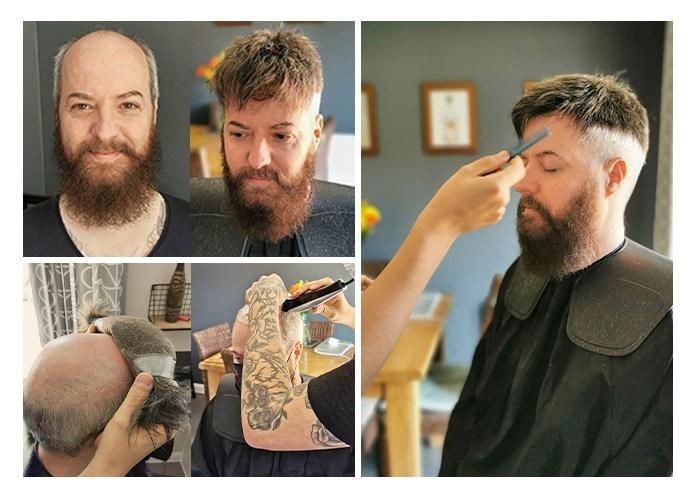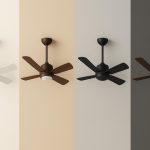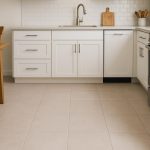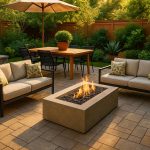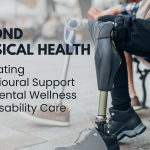Imagine this: it’s a busy afternoon at your salon. You’ve just finished attaching a new lace system for a regular client when he squints into the mirror, runs his hand through the hair, and says:
“I like it… But it still feels thicker than my natural hair ever did. My brother’s scalp shows in the sun. Can we make mine like that?”
Welcome to the growing conversation around low density hair systems. Clients are savvier than ever, armed with Reddit threads, YouTube videos, and Instagram reels. They’re not just asking for “a hair system.” They want specific results — scalp visibility, fine texture realism, and natural blending.
As a stylist, this is where your expertise becomes essential. While light density can look incredibly natural for the right client, it can also cause headaches if expectations aren’t set.
Let’s break it down from a stylist’s perspective — the good, the bad, and how to navigate client requests like a pro.
What Density Really Means in Your Chair
Hair system density refers to how much hair is knotted, looped, or injected into the base. Clients see percentages, but they rely on you to translate those numbers into real-world effects.
- Medium density (90–100%) – Fuller coverage, often chosen by younger men or those wanting a thicker look.
- Light density (around 80%) – Natural for men over 25, balanced between coverage and scalp show.
- Extra light density (below 80%) – Wispy, delicate, with significant scalp visibility. Works best for clients who have naturally fine hair.
The key stylist insight? Density isn’t just cosmetic. It impacts maintenance, lifespan, styling options, and even the emotional comfort of the client.
Scenario 1: The Client Who Wants “Ultra Realism”
A new client sits down for a consultation. He pulls up a photo of his younger self at the beach, pointing at his wet, parted hair where the scalp shines through.
“That’s what I want. It should look just like that when I’m outside.”
For this type of client, extra light density can absolutely deliver. Scalp show mimics natural fine hair under light or water. When paired with Swiss lace fronts and single split knots, the effect can be nearly undetectable.
But here’s where your stylist role kicks in: set expectations. Realism comes at a cost — shorter system life, more precise attachment, and limitations in styling freedom. If they understand and accept that, you’re both on the same page.
Scenario 2: The Active Lifestyle Client
Another client loves his gym sessions. He sweats heavily, styles aggressively with gel, and expects his system to last months between replacements.
He’s now asking for extra light density. This is where you gently explain that his habits don’t match his request. Sweat, friction, and styling products separate hair strands, making the base more visible. A light-to-medium density system with strategic color blending may be the better choice.
By framing it around his lifestyle, you guide him toward a decision that looks natural but also holds up in real life.
Scenario 3: The First-Time Wearer
A nervous first-time client sits down. They’ve finally decided to invest in a hair system and have done enough online research to be dangerous.
“I read online that extra light density is the most natural. That’s what I want.”
For first-timers, extra light is almost always the wrong move. It’s unforgiving — any misalignment shows, shedding appears quickly, and maintenance demands are higher.
As a stylist, you can recommend starting with light density (around 80%), which delivers realism without being overwhelming. Over time, once they’re comfortable, they can experiment with lighter or heavier options.
The Stylist’s Challenges with Light Density
So what exactly are you up against when clients ask for lighter hair systems?
1. Base Visibility
Less hair means the base — whether lace or skin — becomes easier to spot. Swiss lace is delicate and realistic, but shows knots unless bleached. Thin skin bases can look flawless at first, but reveal uniform spacing in strong lighting.
2. Knot Management
Knots are small details your client may never think about, but you know they matter. Extra light density leaves little to hide them. Single split knots are ideal for hairlines, while bleached knots erase dark dots in lace bases. For jet-black shades (#1, #1A, #1B), bleaching isn’t effective — that’s where the “dye after” technique comes in.
3. Attachment Precision
Extra light systems demand perfect alignment. Misplace the edge and you risk an exposed bald line that looks like a scar. This means more time, more care, and more pressure during application.
4. Shorter Lifespan
All systems shed. But denser units have room to thin before becoming unwearable. With extra light density, every lost hair counts. Your client needs to be prepared for faster replacements.
5. Styling Limitations
Extra light density looks fantastic with natural, casual styling. But slick backs, spikes, or heavy product use can reveal the base. Advising clients on what styles work best with their chosen density is part of your stylist’s responsibility.
Where Color Steps In
One of your most powerful tools as a stylist is color blending. Sometimes, the “light density” effect a client wants can be achieved through clever use of color rather than reducing hair count.
- Blondes and light shades naturally allow more scalp to show.
- Highlights and balayage blends add dimension and mimic uneven natural density.
- Rooted styles provide depth at the scalp, giving the illusion of lighter coverage.
This is where your artistry shines. You can often create the look of realism your client craves without sacrificing durability.
Why Newtimes Hair Stands Out
At this point, you might be wondering: how do you balance realism with practicality when suppliers all claim to offer the “best” systems?
This is where Newtimes Hair earns its reputation.
- Craftsmanship at the hairline: Using Swiss lace, ultra-thin skin, and single split knots, our systems deliver hairlines that pass the stylist’s close-up test.
- Knots done right: We bleach knots where possible, use “dye after” for ultra-dark shades, and add undervent hair to disguise edges.
- Custom density blending: Stylists can order systems with extra light density at the front and light or medium density elsewhere — the best of both worlds.
- Color expertise: With 64+ shades, natural grays, and advanced blends (ombre, balayage, piano), Newtimes Hair gives you the palette to achieve realism without compromising coverage.
- Reliability for professionals: With advanced manufacturing and a massive stock library, orders arrive consistently, dependably, and salon-ready.
For stylists, this means confidence. You can promise scalp realism without worrying about systems falling short.
Stylist Action Plan: How to Handle Low-Density Requests
Here’s a practical approach you can use when clients ask about going lighter:
Step 1: Ask About Lifestyle
Active? Sweaty? Product-heavy? Then full extra light probably isn’t for them. Suggest a hybrid solution.
Step 2: Explain the Trade-Offs
Be transparent: lighter density = shorter lifespan + more precise maintenance. Clients respect honesty.
Step 3: Offer Alternatives
Suggest highlights, balayage, or rooted blends instead of dropping density everywhere. Sometimes the effect they want comes from color, not density.
Step 4: Suggest a Hybrid System
Extra light only at the hairline, light or medium elsewhere. It’s a stylist’s secret weapon for realism + durability.
Step 5: Educate on Maintenance
Gentle brushing, minimal heavy products, and realistic replacement expectations. The more they know, the fewer “why does it look thinner already?” conversations you’ll have later.
Closing Thoughts
As stylists, our role is bigger than just attaching hair systems. It’s about guiding clients toward choices that balance realism, durability, and confidence.
Low-density and extra light systems can be stunningly natural — the kind that makes a client double-take in the mirror because they recognize themselves again. But they’re not for everyone. They require precision, honesty, and the right supplier support.
With Newtimes Hair, stylists get the tools to make low-density work: advanced bases, refined knots, custom density blending, and a color library designed for realism. That means fewer compromises, happier clients, and more confidence behind the chair.
Because when your client leaves, not just looking real, but feeling real — that’s the artistry of styling at its best.
Lynn Martelli is an editor at Readability. She received her MFA in Creative Writing from Antioch University and has worked as an editor for over 10 years. Lynn has edited a wide variety of books, including fiction, non-fiction, memoirs, and more. In her free time, Lynn enjoys reading, writing, and spending time with her family and friends.


